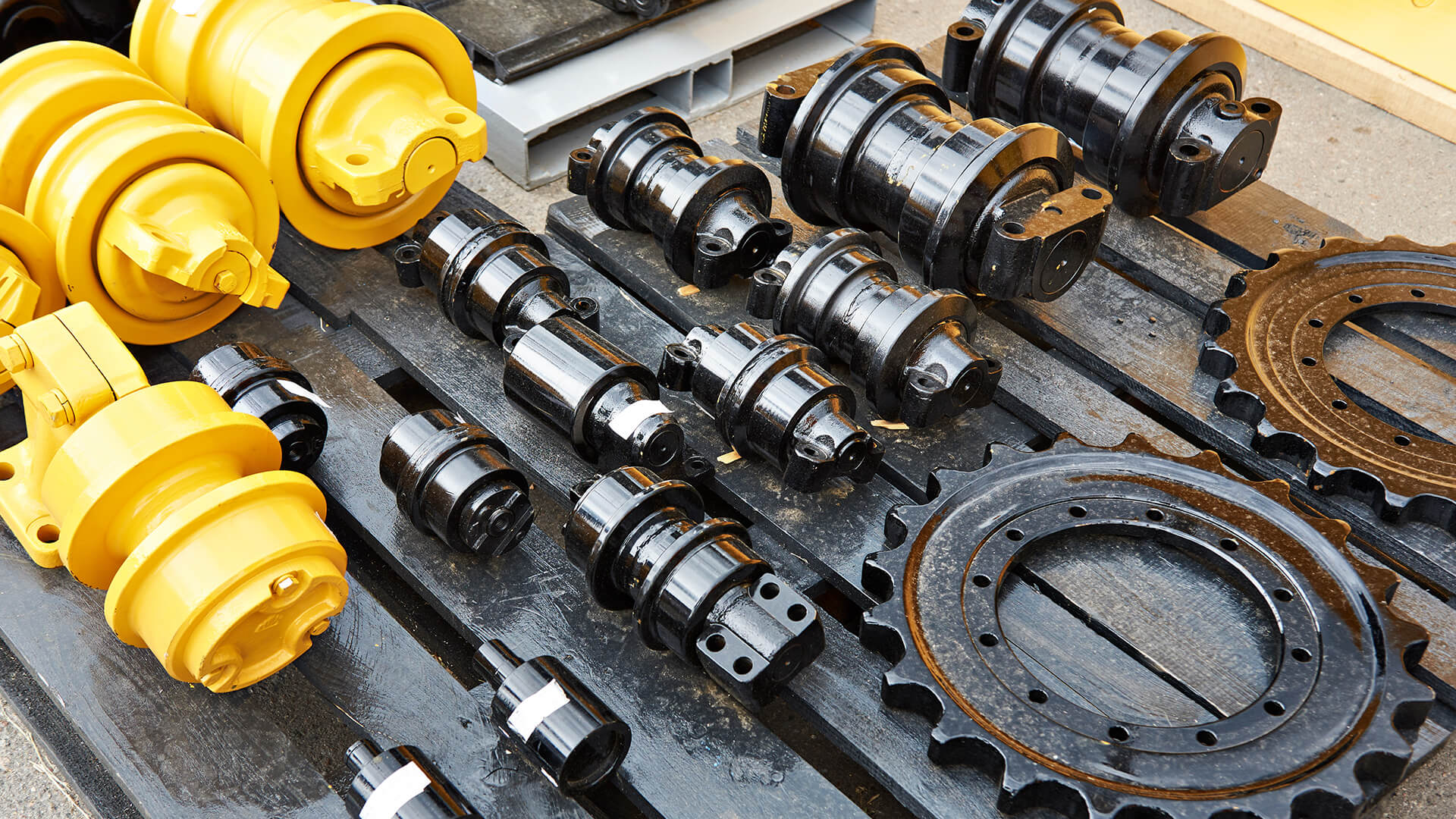Understanding the difference between parts purchasing and parts procurement can make a world of difference to your bottom line.
That’s why knowing the difference between highly used — and equally important — terms in the industry could save your rental business time and money.
Terms like “parts purchasing” and “parts procurement” are oftentimes used interchangeably amongst service technicians and parts sales professionals, but that shouldn’t be the case.
In short, parts purchasing refers to the short-term process of ordering, receiving, and payment for spare parts. On the other hand, the parts procurement process encompasses the steps before, during, and after the purchase process.
e-Procurement Systems: Changes & Advantages
Thanks to modern technology, e-procurement systems that integrate with your existing ERP software are readily available for repair technicians serving the manufacturing and equipment industries. This availability can significantly increase technician wrench time and decrease equipment downtime.
At least for now, traditional purchasing methods will continue to be standard practice, but automation by using software tools like e-procurement can open the doors to a more streamlined approach.
Further defining the differences between purchasing and procurement will help you make the right choice for your equipment rental business, regardless if done with e-procurement systems or traditionally.
What is Parts Purchasing & How Does it Work?
Parts purchasing involves the ordering and paying-for of specific replacement or spare parts from various vendors and is part of the larger procurement process.
It has become common practice for most fleet owners to source parts by using a standard (and outdated) purchasing process for spare parts.
The process starts with submitting internal purchase-request forms, followed by then putting out the call to different vendors to price parts, and finally sealing the deal.
Purchasing is just one element of the entire procurement process. The procedure for purchasing is focused solely on the buying of goods and services.
The purchasing process tends to prioritize the price of individual part orders rather than the value in the internal supply chain.
In the typical purchasing process, goods and services are purchased in reaction to an immediate need — a machine part breaks, or a part fails in equipment, both of which can lead to unwanted downtime.
More so, it’s possible that a different vendor could be used each time a part is needed. So, establishing long-term relationships could be increasingly difficult.
What is Parts Procurement & How Does it Work?
Parts procurement is the entire process of action surrounding the purchasing of goods and services, with a focus on the processes that will lead to the biggest return on investment for businesses.
This end-to-end process, also called sourcing, encompasses much more than just purchasing.
Software parts procurement tools, such as SmartEquip Procurement, monitor the current marketplace in real-time and provide rental fleets, contractors, and other equipment owners access to a large network of authorized parts from top manufacturer and supplier brands. Procurement tools also allow businesses to submit purchase orders, update work orders and receive parts support online with ERP partners, like Point of Rental.
Procurement can be an automated process offering the most up-to-date parts information, dynamically customized to the needs of every serial number in the fleet. The information provided can reduce the time it takes to find the right parts or services needed to get your machines and equipment running again through online parts diagram resources and supersession management. This also significantly decreases errors, saving time and money.
By adopting procurement methods, businesses can take on a proactive approach to detect when parts may need to be replaced. This can do away with unwanted downtime searching for the necessary parts and waiting for the parts to be ordered.
Software solutions that offer e-procurement capabilities also allow businesses to maintain long-term relationships with vendors.
These relationships are built through a curated sourcing network of global manufacturers and suppliers under one platform. Long-lasting relationships can leave business owners feeling at ease when their equipment fails.
Benefits of SmartEquip Procurement for Point of Rental
If you’re already using Point of Rental for your purchase order and work order process, SmartEquip can help increase your current shop productivity further by shortening the procurement cycle while also increasing administrative accuracy and efficiency.
With the number of stakeholders involved in the purchase process, including your employees, outside vendors, and contract negotiation, SmartEquip Procurement will connect your technician and administrative workflow into a seamless parts procurement process.
It can also lead to improved collaboration with your technicians. And what’s better than that?
Join SmartEquip for a virtual class during the Point of Rental International Conference or schedule a demo of SmartEquip Procurement for Point of Rental Software today. Their experienced team will be happy to walk you through this one-of-a-kind software solution, answer all of your questions, and help you move your business forward.

